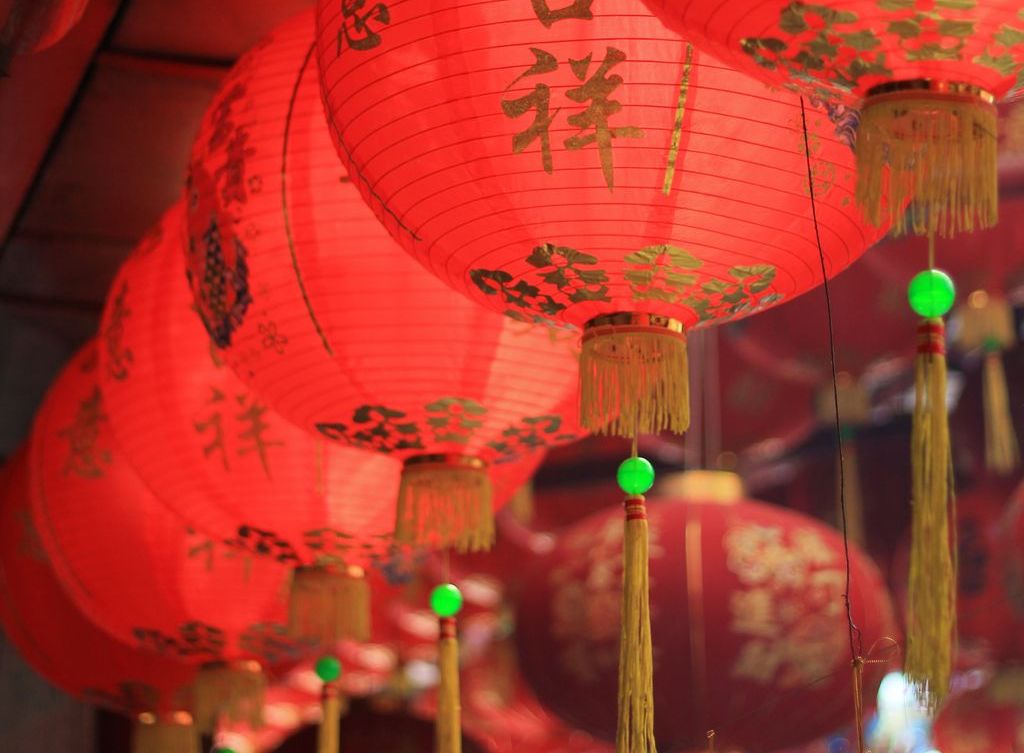It’s a new year this week — for the 2 billion people globally who celebrate Lunar New Year, that is.
In China, February 1 marked the start of Spring Festival (Chūnjié in Mandarin). In Korea, the holiday is known as Seollal. In Vietnam, it’s Tết.
Lunar New Year is celebrated by communities elsewhere in Asia, as well — and Chinatowns around the world get into the act with parades and fireworks.
Lunar New Year is a different day every year.
In the Gregorian calendar, January 1 is always New Year’s Day. But in countries that observe Lunar New Year, the calendar day changes 🤔 from one year to the next.
The reason is right in the name: lunar. According to Chinese tradition, the new lunar year starts with the first new moon after the sun enters the 11th sign of the solar zodiac, or the second new moon after the winter ❄️ solstice.
In 2022, the first new moon of winter was on January 4, while the second one is this week📍.
For thousands of years, winter’s second new moon marked the beginning of spring: when the world started to wake up.
Aligning the lunar calendar to the solar calendar is an inexact science.
The solar year ☀️ and lunar year 🌚 are similar, but not exactly the same. That means some clever accounting is needed to align the two calendars.
The earth takes 365.25 days to make a trip around the sun: that’s the solar year. In that time, there will be 12 moon cycles. BUT because a moon cycle takes around 29.5 days, a lunar year lasts either 354 or 355 days.
What to do about the difference in lengths? Nowadays, there are simply some calendar (solar) years with 13 full moons 🌕. In ancient China, where the lunar calendar was the default, some years got a whole additional month. Smarch, anyone?
Lunar New Year is a time for travel.
For the last three years, travel has been disrupted by the Covid pandemic. In normal times, though, the leadup to Lunar New Year is a travel ✈️ bonanza.
In China, Spring Festival travel is such a big event that it has its own name: Chunyun, or “Spring Movement”.
Chunyun traditionally begins 15 days before New Year’s Eve and lasts for 25 days after. In 2019, just under 3 billion total trips were taken in China during the 40-day Chunyun period. That makes it the world’s largest human migration. 😳
The reason for all the travel: Lunar New Year is Asia’s biggest family-gathering holiday. Imagine America’s Thanksgiving, Christmas, and New Year’s Eve all rolled into one and you get the idea.
New Year’s Eve is one of Asia’s biggest feast days.
Seeing family is just part of the Lunar New Year festivities. Feasting 🤤 is the main event at New Year’s Eve, with the menu carefully chosen to bring about good tidings in the new year.
In China, fish 🐟 is traditionally served because the word for fish sounds like the word for surplus. The head and tail are saved for the next day to symbolize the surplus that the new year is hoped to bring.
In Korea, fritters known as jeon are eaten on New Year’s Eve — filled with either seafood (haemul pajeon) or kimchi (kimchijeon). Also served is rice cake soup, or tteokguk, whose white color is thought to represent purity.
And in Vietnam, dishes like bánh chưng — a sticky rice cake filled with mung beans and pork, then wrapped in green leaves — are commonplace. Pickled vegetables 🥒 are served on the side.
New Year’s Day, and the days after, are for socializing.
Across Asia, people typically take a break from work for the first few days of the new year. Close relatives, then distant relatives and friends, are visited — with food and gifts exchanged at each stop.
In China, peanuts 🥜 (huasheng) and dates 🌴 (zao) are especially popular, because they symbolize wealth and prosperity. Oranges 🍊 are also a common sight, since the word for orange contains the character jí (lucky).
The length of the festive period differs by country. In China, it lasts for 15 days. In Vietnam, it’s a week. In Korea, it’s 3 days.
Across Asia, these festivities are a time to rest 🥱, relax 🙌, and enjoy the company of family 🤗 — before everyone’s attention turns to the year ahead, and normal life resumes.
Photo by Rutpratheep Nilpechr on Unsplash.


